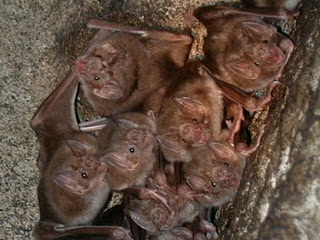Hello all, for our Meet the Piggies profiles, our first feature shall be our beloved boss and editor-in-chief, *drumroll please* Coppy!
- CaliCavies
 |
| Editor-in-chief Coppy |
Name: Coppy (somehow the crazy slaves got this nickname from her original name, Coffee)
Age: turned 6 a month ago in February
Weight: ranges from 2lbs, 9-13 oz.
Description: tricolored Abyssinian with patches of white, brown, and golden agouti fur
Favorite foods: grass, clovers, dried corn husks/green leaves, corn silks, green beans, broccoli leaves, baby dill, watermelon, grapes, corn, carrot tops. Also beet leaves and alfalfa hay, but our slaves don't give us these very frequently at all
Favorite activities: munching on grass outdoors, snoozing in cuddle cups, using other piggies as pillows, lazing in fresh hay under her favorite red castle, being hugged and spoiled by our slaves
 |
| Coppy in her 6th birthday present - a new cuddle cup! |
Story: Coppy first came to the slaves back in April 2005 after the first of their two piggies went to the Rainbow Bridge. As a youngster, she was an alert, energetic little ball of popcorning Abyssinian fluff. Since then, she has grown into an assertive but affectionate piggy - which is why she is our boss! Occasionally she can be quite the demanding little tyrant, but our slaves say that's just because she has such a big personality. Coppy's best friend is a piggy named Morry (whom we shall meet later), they spend hours munching, talking, and napping together. Sharky (another one of our Collective) is also a close friend, as they were cagemates together when they first came to live with our slaves. Out of all the piggies in our Collective, whee agree that Coppy is the bravest and smartest - she is constantly finding new and unique ways to outsmart our slaves.

















































